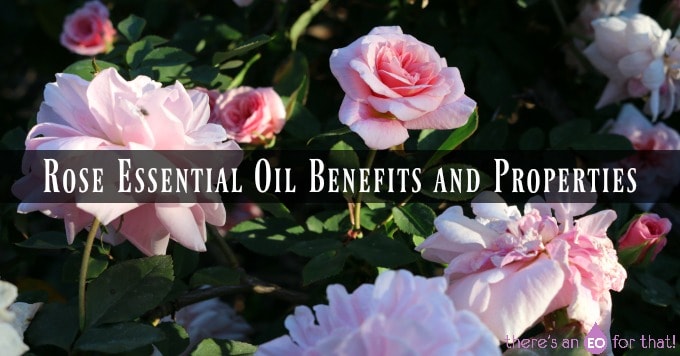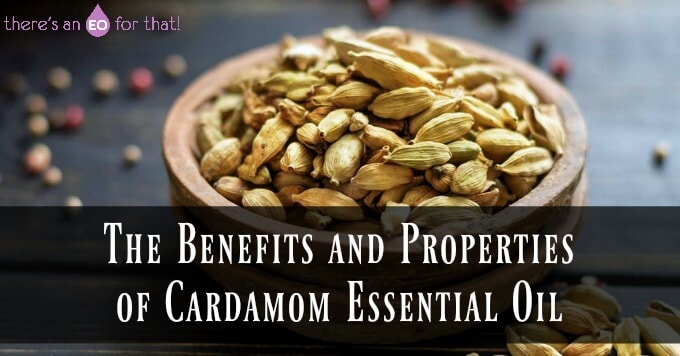
Hippocrates once said that “The path to health is to have an aromatic bath and a scented massage every day”. While it may seem impossible for people of the 21st century to enjoy such luxuries in our busy and bustling lives, Hippocrates was definitely onto something. In today's society, our day to day lives are a blur of moving through one list after another, struggling to meet stressful deadlines, and caffeine overconsumption in our attempts to smooth frayed nerves.
Centuries ago Hippocrates recognized the potential of essential oils and their multitude of benefits and uses. Under his influence, many people both high and low began using aromatic plants to stave off the spread of illness and disease, to freshen personal hygiene, and as Hippocrates often prescribed, for comfort and relaxation.
Nowadays, we have the advantage of having access to high-quality essential oils. There are even different types of essential oils available for our use with just the click of a mouse or a trip to our local health food store.
The Types of Essential Oils
Imagine being able to take the uplifting, energizing scent of lemon peel and sticking it into a tiny bottle, or infusing the refreshing cool aroma of peppermint into a single drop of oil. Essential oils are all around us inside the aromatic plants we cultivate in our gardens and use to season our meals, help us nurse a cold or flu, cleanse our homes, or even to just make the air around us fresh and fragrant.
Once extracted, essential oils are incredibly concentrated. Even just one drop of certain essential oils can go a very long way, take jasmine, for example, a single drop can permeate an entire room! A single drop of rose essential oil is composed of 60 roses and fragrance most body care recipes with just a few drops.
You may be wondering how such a small amount of oil can contain so many roses. Well, some aromatic plants, especially flowers, just don’t produce very much essential oil so it requires an immense amount of plant material to produce even just a single drop. If you were to try and use steam distillation (the most common extraction method) for rose essential oil, you would need WAY more than 60 roses to produce one drop of essential oil. It just doesn't make sense.
In fact, there are several flowers that need special extraction methods in order to get sellable amounts of essential oil out of them.
These are called…
Concretes, Resinoids, and Absolutes
Like essential oils, concretes, resinoids and absolutes come from volatile, aromatic plants. Delicate flowers such as rose, jasmine, and neroli are often extracted with a solvent; normally a type of alcohol, in order to yield a higher percentage of essential oil without using the damaging heat from steam distillation.
Concretes are what’s left over after using a solvent and contain a higher density of pigments, waxes, and other constituents from the plant which makes for an intensely strong extraction that smells truer to nature. Their semi-solid to solid consistency make them suitable for solid perfumes and have a delicate, long-lasting aroma that is soluble in both carrier oil and alcohol. It is often necessary to filter out any remaining insoluble material that remains after extraction. If the extraction came from a resinous source such as frankincense or myrrh, it would be called a resinoid.
Once most of the insoluble material has been removed from the concrete or resinoid with ethyl alcohol, the remaining substance is called an absolute, the most concentrated form of natural fragrance. These oils are often used in making high-quality perfumes.
Since absolutes are solvent extracted, usually with benzene, hexane, etc., they may still contain trace amounts of solvent and are therefore not used therapeutically. It all depends on the distiller’s quality of standards.
Absolutes are incredibly potent! If you think you need to use a lot of these oils, think again. Just one drop goes a looong long way.
The Most Common Absolutes are:
• Rose (all roses)
• Neroli aka Orange Blossom
• Jasmine
• Vanilla (one of my favorites for uplifting the mood!)
• Cocoa
• Balsam fir
• Geranium
• Immortelle aka Helichrysum or Everlasting
• Sandalwood
***Many absolutes will be diluted with jojoba oil to keep the price reasonable for the general public and as a result, can be put on the skin directly from the bottle with no mixing required. I am totally fine with companies taking a pure oil and adding jojoba oil when necessary so that we can all enjoy the therapeutic properties these oils have to offer. Instead of paying $50 for neroli, you can pay less and still get great results.
CO2 Extractions
Although the extraction process is somewhat similar to absolutes, CO2 extracts are more comparable to essential oils because they still contain therapeutic properties without any trace of solvent left behind.
Instead of using alcohol, these essential oils are extracted using carbon dioxide gas under pressure and ambient temperatures. Normally, CO2 is a gas, however, when subjected to high pressure, it nearly becomes a liquid known as “supercritical” CO2. It is in this state that CO2 is able to act as a solvent to extract the essential oil from plants. Once the oil is extracted, the CO2 is returned to a gas that quickly and completely dissipates leaving no trace behind.
What’s nice about CO2 extraction is it creates essential oils that are incredibly true to nature and smell more “alive”. I especially love the CO2 extractions of spicy roots, barks, and herbs.
The Most Common CO2 Extractions are:
• Ginger
• Cardamom
• Cinnamon bark
• Frankincense
• Myrrh
• Jasmine
• Calendula
• Juniper berry
• Patchouli
• Vanilla
The Difference Between Neat and Diluted
There are so many ways to use essential oils that the possibilities are endless. Before I get into the fun stuff in the coming articles, let’s talk about something that is very important. The difference between neat and diluted use.
Neat
The use of essential oils directly on the skin without first mixing them in a medium (most often a carrier oil) is called “neat”.
There are many in the world of aromatherapy who would oppose the usage of essential oils directly on the skin due to the risk of skin irritation. If you're new to essential oils, take care and make sure to be well versed in their usage before applying any essential oil on your skin neat. Some oils can actually burn the skin like red thyme, cinnamon bark, lemongrass, oregano, and clove to name a few.
For those with non-sensitive skin, you may be able to use 1-2 drops of tea tree, lavender, peppermint, or rosemary without much reaction. However, always do a patch test first and use very special care if you ever use essential oils neat on children and never apply essential oils neat to broken skin.
One of the best ways to use essential oils neat is rubbing them into the soles of the feet. This is the fastest way to absorb the therapeutic properties aside from inhalation.
Diluted
Essential oils are very potent and are often diluted in a carrier oil or incorporated into finished products like aroma sprays, massage oils, lotions, or bath salts. When diluting essential oils, it is customary that the essential oil should only account for 1-2% of the total blend. You can, of course, use more if desired. This is just a nicely balanced percentage that works very well for most recipes and is not too overpowering.
Here is a simple guide to follow for diluting essential oils:
• A 1% dilution for 1oz of carrier oil you will add 6 drops of essential oil (for roll-on recipes I tend to take a more therapeutic approach and use 44 drops of essential oil for 1oz of carrier oil)
• A 2% dilution for 1oz of carrier oil you will add 12 drops of essential oil
Using these very simple guidelines, you should be able to concoct a number of wonderful libations for your personal use.
Two of my favorite carrier oils are sweet almond oil and coconut oil
.
In case you missed it: The Beginners Guide to Essential Oils- Part One





Leave a Reply